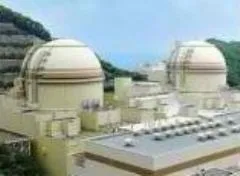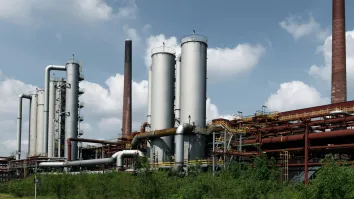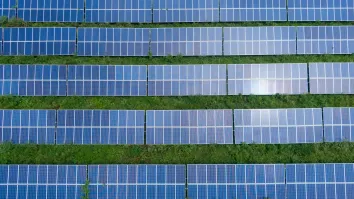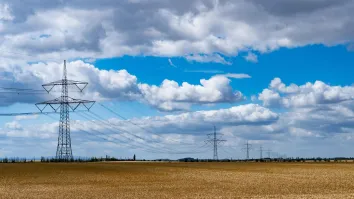
Japan pays the price for shutting down its nuclear reactors
Another casualty of Japan’s decision to temporarily forgo nuclear energy is cleaner air.
With the loss of nuclear energy, the Ministry of Environment projects that Japan will produce about 15% more greenhouse gas emissions this fiscal year than it did in 1990, the baseline year for measuring progress in cutting emissions.
In fiscal 2010, Japan's actual emissions were close to 1990 levels. The shutdown of the reactors also raises doubts about whether Japan will be able to meet a pledge made in Copenhagen in 2009 to slash emissions by 25% from 1990 levels by 2020.
Until the Fukushima disaster of 2011, nuclear power accounted for about a third of Japan's power generation, and the government had planned to expand that to one-half by 2030. Now, Prime Minister Yoshihiko Noda has pledged to reduce reliance on nuclear power.
The current power crisis sparked by Fukushima is erasing years of Japanese efforts to reduce greenhouse gas emissions at the root of global warming. Before Fukushima, Japan assumed it could meet its carbon emissions reduction targets by relying on nuclear power, which is a low-emissions source of energy.
That assumption has since gone out the window with the recent shuttering of all of Japan’s 50 usable nuclear reactors. It remains uncertain when these reactors will come online given the massive public opposition to nuclear energy.
Renewable energy accounts for about 9% of Japan's power generation. Most of that energy is hydroelectric power from dams.



















 Advertise
Advertise






